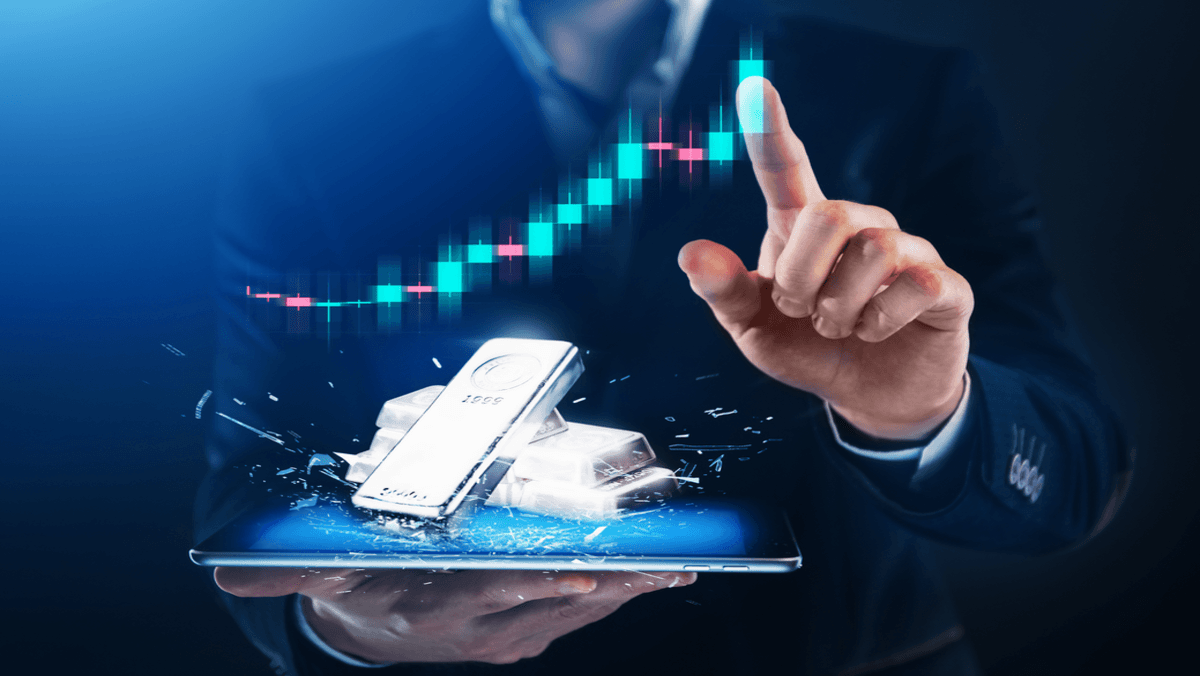
Silver price analysis: Silver's value frequently moves in wide swings because it has a dual identity.
It acts both as a monetary metal, influenced by global economic fear, and as a critical industrial commodity, tied to the health of the manufacturing sector.
The Industrial Workhorse Factor
Approximately half of all silver consumed globally is used in industry, making its value acutely sensitive to the global economic cycle. This is the primary difference between silver and gold, whose demand is driven overwhelmingly by jewelry and financial holdings.
Green Technology Consumption
A major driver of current silver consumption is the expanding green technology sector. Silver's superior electrical and thermal conductivity makes it an indispensable component in:
Solar Panels: Photovoltaic cells require silver paste to conduct electricity. As the world pushes toward renewable energy, the demand for silver in solar arrays increases dramatically.
Electronics and Vehicles: Silver is used in electrical contacts, switches, and circuitry for almost all high-tech devices, including computers, mobile technology, and the complex electrical systems within electric vehicles. As new generations of cars and electronic gadgets are produced, industrial consumption of silver rises.
When the global economy is booming and manufacturing output is high, industrial demand for silver strengthens, pushing its value up. Conversely, during periods of economic slowdown or recession, industrial orders for silver may decline, placing downward pressure on its value.
Supply Rigidity
Silver's supply chain is structurally rigid, which contributes to its price swings. Roughly three-quarters of all mined silver is extracted as a by-product of mining other metals, such as copper, lead, and zinc. This means that a miner's decision to increase silver output is often dependent on the market conditions for these other base metals, not just the silver price itself.
Because supply cannot quickly adjust to meet a sudden spike in industrial demand, any sustained increase in consumption can rapidly lead to a structural deficit (demand exceeding supply), causing sharp fluctuations in its value.
The Monetary Metal Factor
Like its yellow counterpart, silver is a precious metal that often acts as a store of wealth during times of financial turmoil, though its function in this role is often a reaction to the same forces affecting gold.
Macroeconomic Sentiment
When global economic fears rise—such as concerns over widespread inflation, a weakening currency, or political unrest—people often seek to hold assets perceived to preserve purchasing power. This leads to increased demand for both physical silver and silver-backed financial products, which can cause its value to rise rapidly.
Currency Strength
Silver is generally priced using the U.S. dollar. This creates an inverse relationship:
A weaker U.S. dollar means it takes more dollars to purchase the same amount of silver, leading to a higher quoted value for the metal. It also makes silver less costly for buyers holding other currencies.
A stronger U.S. dollar makes silver appear cheaper to purchase, potentially leading to a lower quoted value.
Global currency movements are a constant source of volatility for silver's value.
Interest Rate Environment
The decisions made by central banks regarding interest rates can affect silver's appeal. When prevailing interest rates are low, assets that do not produce periodic payments, like precious metals, become relatively more attractive to hold. When interest rates are rising, the opportunity cost of holding a metal that provides no yield increases, which can reduce its financial appeal and contribute to downward pressure on its value.
Market Dynamics: Smaller and More Volatile
A final, crucial reason for silver's sharp fluctuations is the relative size of its market.
The overall market for silver is much smaller than the one for gold. This means it takes less capital flowing into or out of the silver market to cause a major proportional change in its value.
Silver's volatility is often described as being an amplification of gold's movement. When factors drive all precious metals higher, silver often sees a bigger percentage move up. When the market falls, silver tends to drop harder and faster. This characteristic is a direct result of its smaller market capitalization and its dual nature being pulled between industrial usage and financial holding demand.
This higher degree of volatility makes the silver market a space known for rapid, sometimes unpredictable, movements in value.
Risk Warning: this article represents only the author’s views and is for reference only. It does not constitute investment advice or financial guidance, nor does it represent the stance of the Markets.com platform.When considering shares, indices, forex (foreign exchange) and commodities for trading and price predictions, remember that trading CFDs involves a significant degree of risk and could result in capital loss.Past performance is not indicative of any future results. This information is provided for informative purposes only and should not be construed to be investment advice. Trading cryptocurrency CFDs and spread bets is restricted for all UK retail clients.